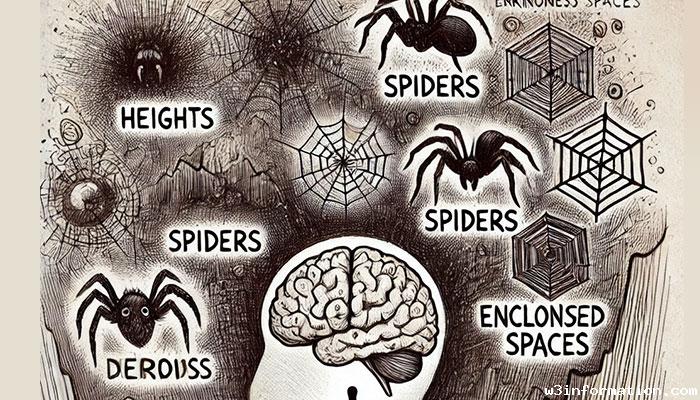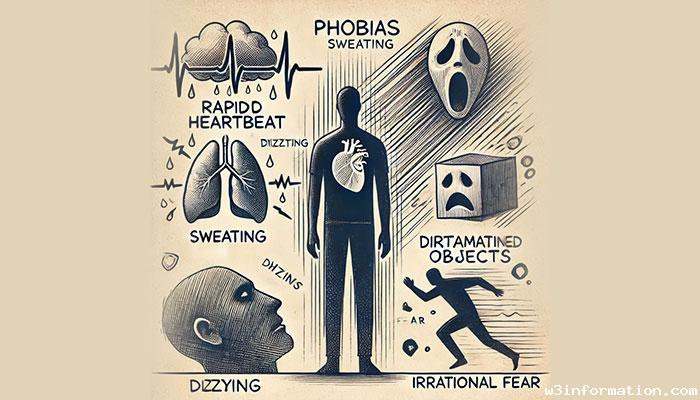Understanding Common Phobias and Their Causes
Phobias are a form of anxiety disorder, whereby you fear certain things, people, situations or activities out of sheer, unfounded terror. These fear is not usually proportional to actual risk, and may impact a person’s daily life. We need to know more about phobias and their underlying causes in order to treat and support them.
What Are Phobias?
Three kinds of phobias fall broadly into this category:
- Affected Phobias: These are about specific things or environments, like spiders (arachnophobia), heights (acrophobia), or tight spaces (claustrophobia).
- Social Phobia (Social Anxiety Disorder): Fear of social or performance environment in which you could be judged or humiliated.
- Agoraphobia: This is a fear of spaces where escape could be difficult, like crowds or wide spaces.

Common Phobias
Some frequently observed phobias include:
- Arachnophobia: Fear of spiders.
- Acrophobia: Fear of heights.
- Claustrophobia: Fear of enclosed spaces.
- Ophidiophobia: Fear of snakes.
- Trypanophobia: Aversion to needles or injections.
- Mysophobia: Aversion to infection.
- Aerophobia: Fear of flying.

Causes of Phobias
It’s often genetic, environmental and psychological that phobias arise. Common causes include:
- Traumatic Experiences: A phobia can be triggered by an incident of frightening or distressing. A dog bite, for example, can make you cynophobic (fearful of dogs).
- Learned Behavior: If you see others that are afraid (especially as children) you are likely to become afraid of yourself.
- Genetics and Brain Chemistry: Family history of anxiety disorder can make you more susceptible to phobias. Brain chemicals such as serotonin and dopamine can also be out of whack.
- Cultural Factors: Having specific fears might be influenced by culture and tradition.
Symptoms of Phobias
- Fear or anxiety when a stimulus is the phobic.
- Refrain from the object or event you fear.
- Physiological signs: quick heartbeat, sweating, shivering, shortness of breath.
- Poor ability to get through the day because of the phobia.
Treatment Options
It’s possible with effective therapy to conquer phobias. These include:
- CBT: This focuses on disrupting negative thought patterns and gradually showing the person where they get their fear.
- Exposure Therapy: CBT in which the patient experiences the fear consciously and gradually gets de-reflexed.
- Drugs: You can get anti-anxiety medications or antidepressants if the anxiety is really bad.
- Relaxation Strategies: Techniques such as mindfulness, deep breathing and progressive muscle relaxation can relieve anxiety.
Conclusion
Phobias are widespread, ranging from slight distress to total cripplion. Through education about their causes and access to treatment, phobias will lessen the negative effects of life and reclaim the agency of their lives. The treatment of these diseases is best managed through early detection and the support of experts, friends and family.
 Mobile Security: Tips to Keep Your Phone Safe
Mobile Security: Tips to Keep Your Phone Safe
 Top Mobile Apps for Productivity
Top Mobile Apps for Productivity
 How to Optimize Your Mobile Battery Life
How to Optimize Your Mobile Battery Life
 Mobile Gaming: The Best Games in 2025
Mobile Gaming: The Best Games in 2025
 Comparing iOS vs Android
Comparing iOS vs Android
 The Future of 5G in Mobile Phones
The Future of 5G in Mobile Phones